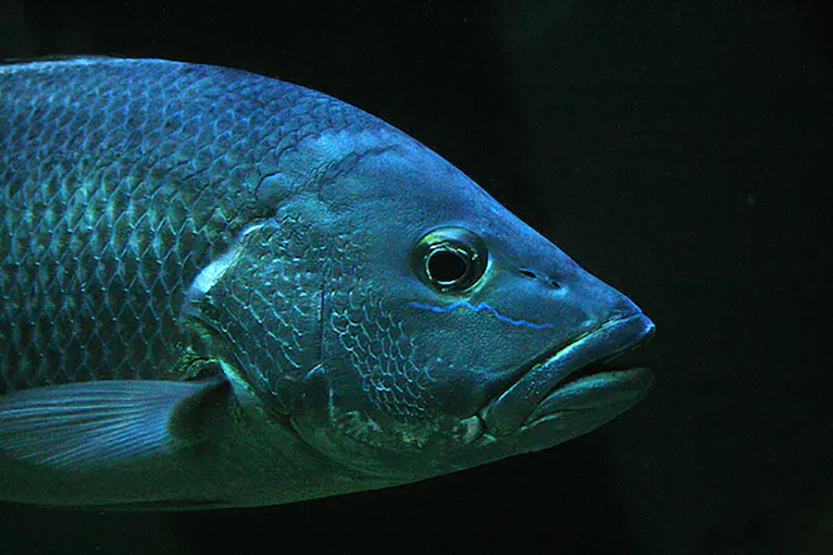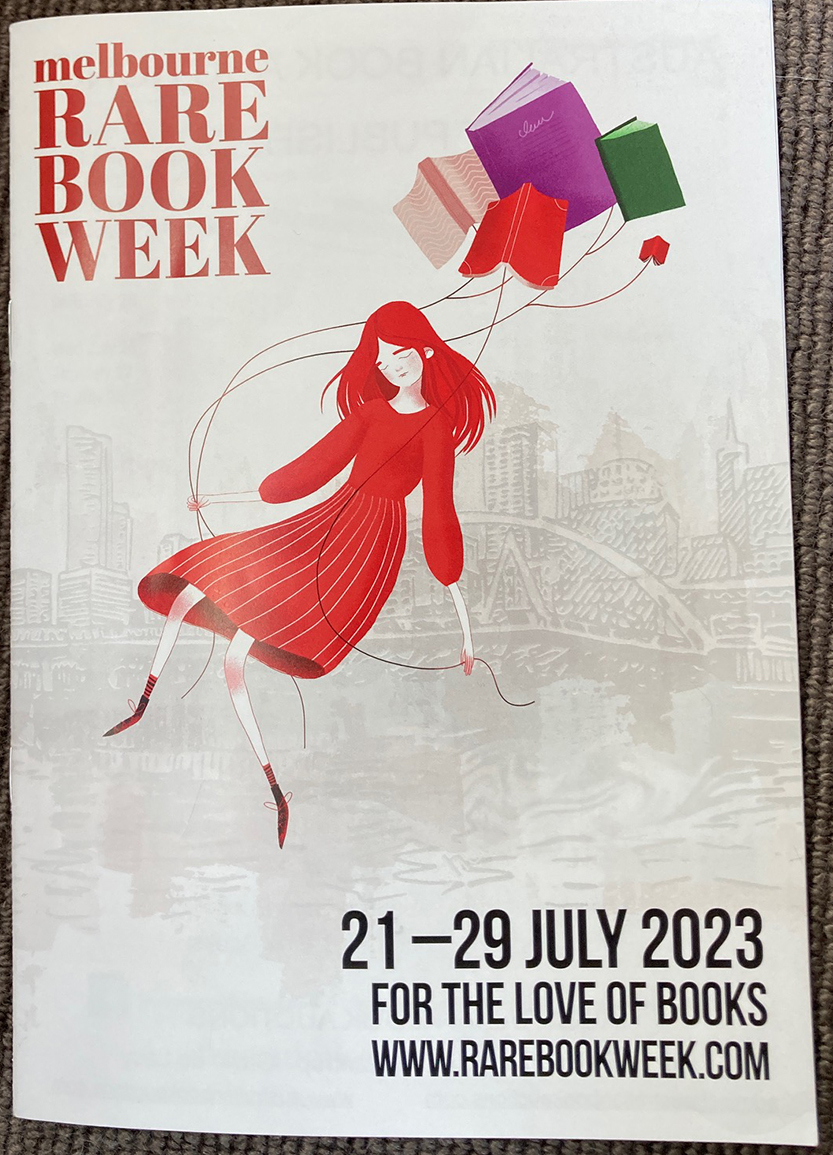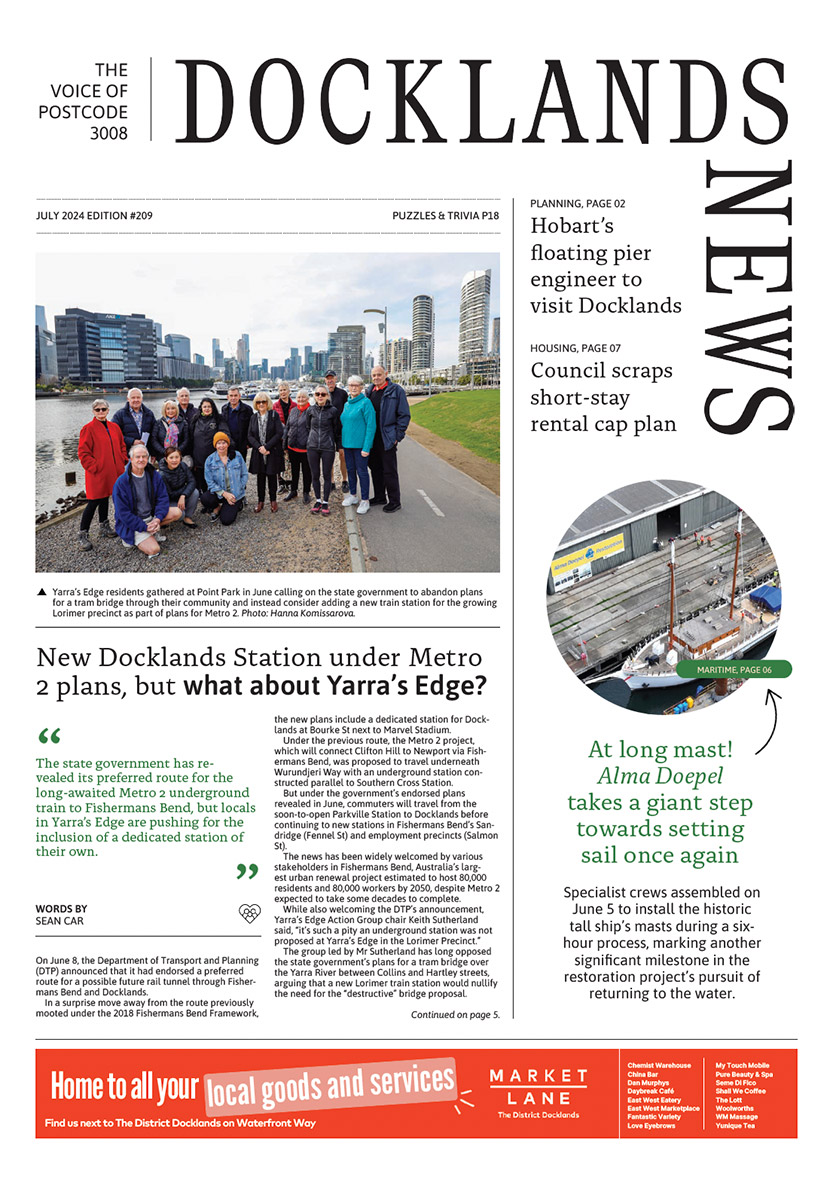Maritime opportunities for Docklanders during Rare Book Week
The Rare Book Week program, running from July 21 to 29, offers fascinating presentations of interest to maritime enthusiasts. Some notable events include …
Charting the Heavens – The Transit of Venus, James Cook and Astronomy at the State Library of Victoria (SLV) – July 22, 2pm.
First Glimpses of Antarctica at SLV – July 24, 10am.
The Bounty and Beyond at the Athenaeum Library, Level 1, 188 Collins St – July 26, 5pm
And finally – who knows what remarkable works you will find at the 51st Australian & New Zealand Antiquarian Book (ANZAB) Fair at Wilson Hall, Melbourne University – Saturday and Sunday July 29 and 30. For first time visitors to the fair a guided tour is offered this year. No bookings are required.
Tackling fishing tackle
Children in Docklands live close by Melbourne’s major waterways made up of Victoria Harbour and the Birrarung-Yarra River and will benefit from the State government’s $1.5 million project to provide 60,000 “Little Anglers Kits”. These will be made available to Grade 5 students in more than 1900 Victorian schools later this year.
Kits will include a fishing rod, tackle box and a “Kids’ Guide to Fishing” and basic fishing information – how to, and where to fish. Families might like to check out a most informative fishing website specifically on Docklands: fishingmad.com.au/location/docklands
Melbourne Maritime Heritage Network (MMHN) advocates that brief information on Victoria’s rich maritime heritage should be an appropriate inclusion in the Little Anglers Kits.
MMHN’s plan for the Maritime Experience Centre on top of a re-vamped floating Central Pier would be encircled by a public promenade deck from which Docklanders can enjoy recreational fishing.
A reminder that fishing skills are a significant aspect of our maritime heritage. The oldest fishing method is likely to have been the use of spears to catch fish possibly 40,000 years ago. They were used by early humans as a way to supplement their diet with protein.
Various forms of vessel evolved over the centuries designed to target particular fish. Various specialised nets or traps evolved as a more sophisticated “fishing” strategy. Many such “clever” catching methods resulted in over-exploitation, species loss, and pollution.
More recently ghost nets are the most sinister. These nets have been abandoned, lost or otherwise discarded left to float in the ocean entangling marine and river life. Australia is attempting to tackle this global scourge which is particularly severe in Northern Australian waters.
Discarded recreational fishing gear is part of the problem. Fishing lines, ropes, hooks, bait baskets and nets are all too often found discarded on piers, wharves and beaches after being snagged or discarded by recreational fisher people.
Shrinking fish
Sad news for all budding fisher people in Docklands with recent research by Assoc. Prof. of animal ecophysiology Timothy Clark of Deakin University reporting in the splendid Melbourne-based electronic The New Daily: “The world’s fish are shrinking as the climate warms. We’re trying to figure out why”.
As the oceans warm, fish around the world are getting smaller. Commercial fish species in the North Sea have declined in size by around 16 per cent in the 40 years to 2008, as water temperature increased by one to two degrees Celsius.
This “shrinking” trend is alarming because billions of people are sustained by fish – a major food source around the world. The “temperature-size rule” is put forward to account for warmer water causing “shrinking” fish.
Fish gills access oxygen in the water and these do not grow at the same pace as the rest of fish bodies. Fish use more oxygen in warmer water, but their gills don’t get any bigger. Once a fish reaches a certain body size, its gills can only supply enough oxygen to keep its body running. There is insufficient oxygen left for further growth.
So, in warmer water, fish reach the limit of their growth at a smaller size – hence the “temperature-size rule”. •

New Docklands Station under Metro 2 plans, but what about Yarra’s Edge?









 Download the Latest Edition
Download the Latest Edition